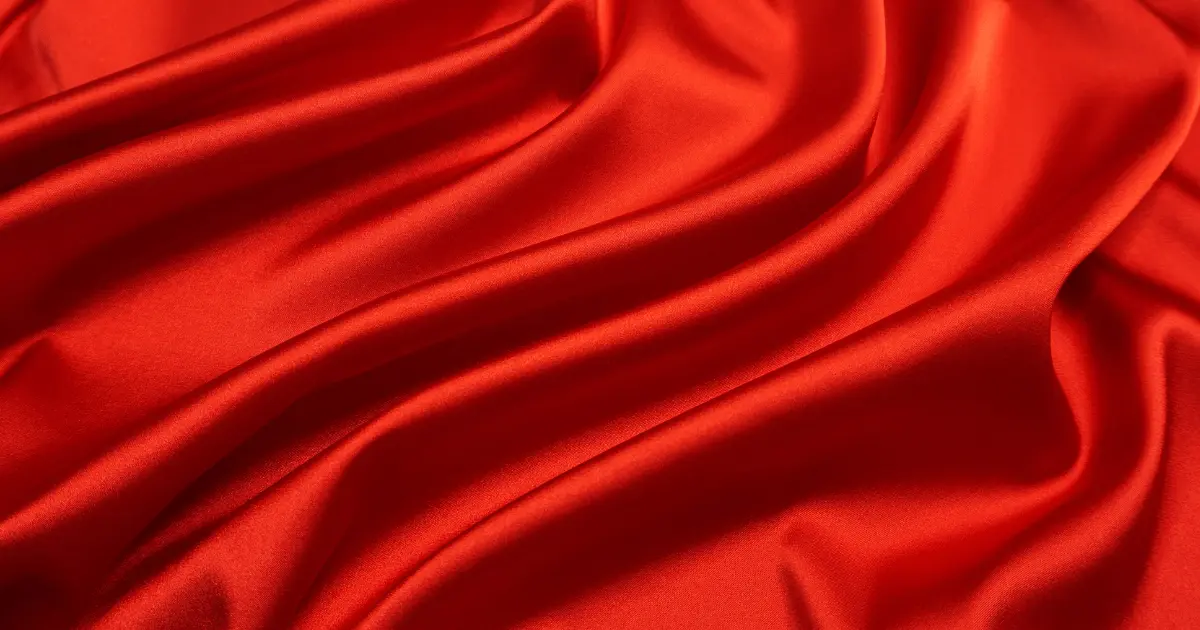This eye-catching color is the most popular of the primary colors. Our body’s fuel, blood, is characterized by the vibrant color red. For artists and graphic designers, the use of this color would be primarily to grab every ounce of attention of the audience. People wear red to stand out among the crowd effortlessly.
Growing up, we were taught that there were three primary colors; red, blue, and yellow. Also, we were made to believe that it was impossible to create primary colors by combining other colors. Thanks to your curiosity for leading you here to correct such a misconception.
History of The Color Red
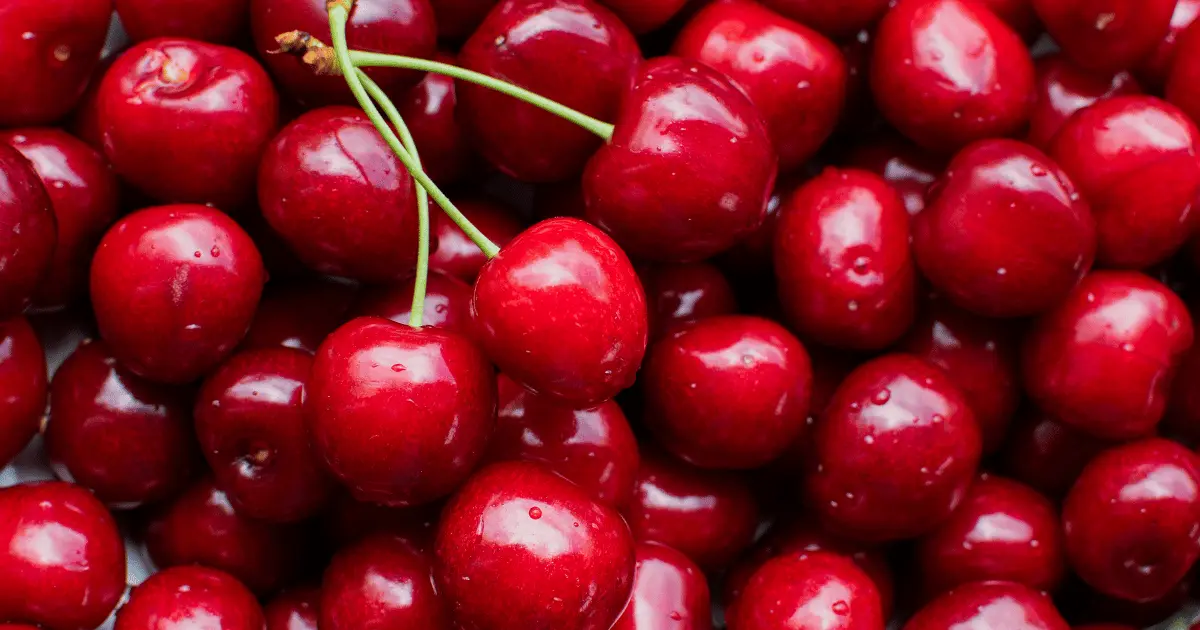
A good way to fully appreciate this color is to go back in time. Red is the oldest color ever to exist after black and white, dating as far back as the paleolithic era. During this era, our ancestors painted animals on cave walls with red clay. They also perform a tradition of sprinkling red powder over the grave of the dead during the burial ceremony to ward off evil spirits.
The Chinese associated red to influence and unmatched power, especially among royals. Since Red is linked to fire, it can easily be associated with fierceness, confidence, leadership, and sacrifice.
The Egyptians popularized the use of red ochre, a special kind of clay, to paint their lips for beautification. They also use this color to paint or design their bodies during festivals to symbolize good health.
Science of The Red Color
When we gaze at an object, features such as the material’s color and quality are visible via light reflection on that object. For us to recognize a red color on an object, light reflected from the object will do so at a specific wavelength. This wavelength is between 620 to 750 nanometers, the longest wavelength the human eyes can easily recognize.
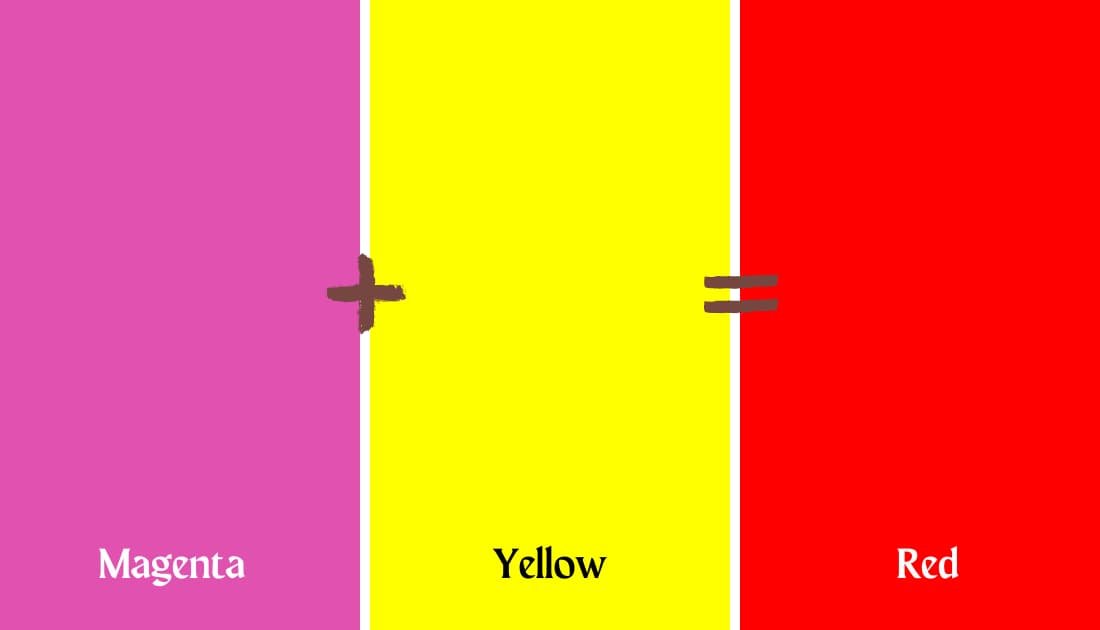
You must combine magenta and yellow to create red from two colors. You can also mix with other colors, including white or black, to give you various shades, hues, or textures of Red.
Colour Bias And The Colour Red
Colour bias, also known as undertone or overtone, is characterized by the proximity of one color to another on the color wheel. An important aspect of defining factor of color bias is color temperature. Colour temperature is characterized by warmth (quantity of Red) and coolness (quantity of blue) of any color.
Mixing colors of the same bias will produce a very pure result. A bright or pure red that leans towards orange on the color wheel is considered very warm, and results of cooler versions of Red would lean towards purple on the color wheel. To reduce the color temperature of Red, add the coolest color, blue.
How to Make The Muted Version of Red
As an artist or painter, take a short break from using bright or strong red colors and go something softer. You would need to use a palette of various shades or hues of Red to give your work a perfect flow and balance of colors. The creation of shadows, in particular, would require a muted shade of Red while introducing highlights to your work would need bolder shades of Red.
To create a muted version of Red, mix the color with its complement on the color wheel. The complement of color is directly opposite the original shade on the color wheel. For example, Green is the color directly opposite Red on the color wheel.
Green works well in muting red because it consists of all three primary colors. The resulting color might be a red hue with a brown characteristic. In the process of mixing, it is best to mix in small or careful quantities depending on the hue you desire.
How to Make Red Shades And Tints
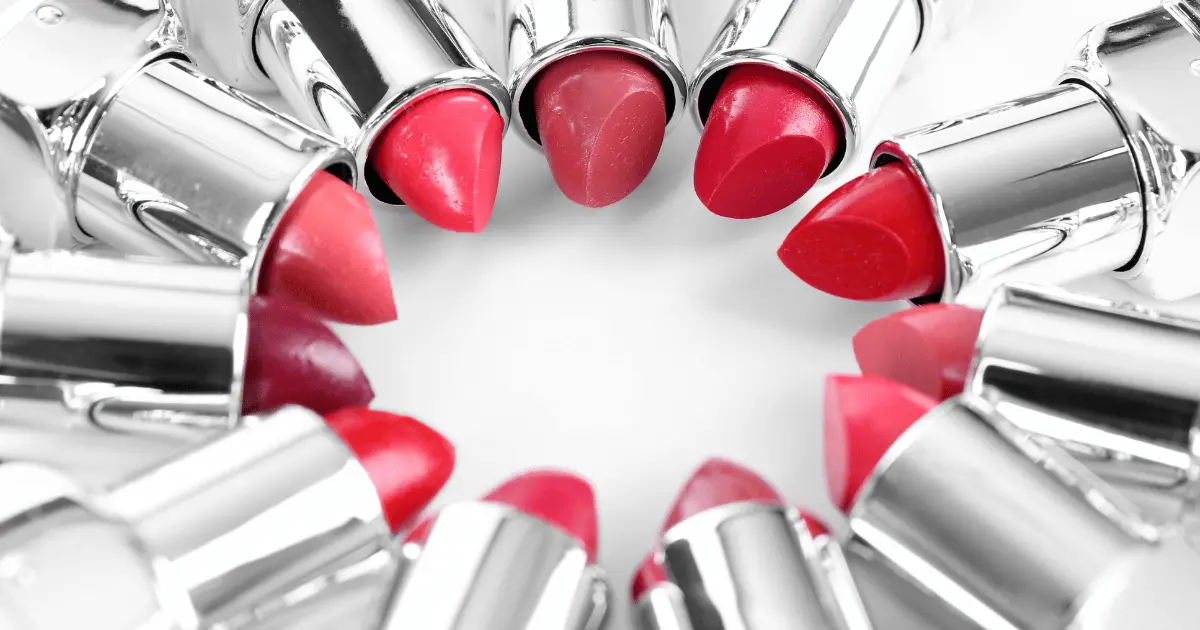
Shades and tints are other important aspects of creating a perfect red color palette. Add a little black paint to your original color to create shades, and mix carefully. You might need a muted red to create a perfect shadow effect in your artwork or painting. Ensure you take caution while adding black color by mixing in a tiny amount.
If you wish to make your painting pop with highlights, you can mix your red color with a tiny amount of white to lighten or brighten the shade. The result would be a color with a pink quality to it. Another option is to add a little yellow to your red paint, giving you a very bright red color.
Cultural Meaning of Red
Red represents intense emotions across various cultures. It is universally recognized as a color of life depicted by the red blood which flows through our veins. In the west, red is seen as a color of deep love, romance, and danger. On the brighter side, it creates an atmosphere of celebration combined with the green color for Christmas.
In China, red symbolizes prosperity, wealth, and good fortune. Chinese brides usually wear a red colored bridal gown for prosperity and fertility in their marriages. This tradition of wearing red by brides is also popular among the Indians, but it symbolizes purity.
In the west, red symbolizes negative events like severe warnings or danger. There are various expressions that connote the negative meaning of the color red. For example, I was so angry that I saw red, he was caught red-handed, and she showed certain behaviors that I saw as red flags.
In African countries like Nigeria and South Africa, red connotes violence, sacrifices, and bloodshed. It signifies the struggles of past leaders and heroes toward gaining lifelong independence from their colonial masters.
Meaning of Red According to Color Psychology
People perceive or interpret the color red based on their personality or the influence of their culture concerning the judgment of colors. At first thought or glance, the warmth associated with the color red makes us relate it to things that naturally carry a certain degree of warmth in them—for example, fire, romance, and passion.
Red is most often associated with feelings of love, and red roses often express love during anniversaries or events to celebrate love. It is also an indicator or pointer to the vibrance of youthfulness and sexuality.
According to recent studies, it has been discovered that being exposed to red for a certain period has the following effects on your body system. It increases heart rate, blood pressure, respiratory rate, and metabolism. Most restaurants use red for their brand or interior because it can induce hunger due to increased metabolism.
Red is a color that effortlessly grabs attention and exudes dominance. Think about the red carpet at events or weddings. Its presence is to fix the gaze of everyone in the room on the one majestically walking on it. In sports, a player or team who wears red is most likely to win because of the message of dominance sent to the opponent.
What Personality Likes Red
Your choice of color can give people a hint of who you are or the characters you are likely to exhibit one way or the other. If you are mostly attracted to red, you are bold, more likely to exhibit dominance in your space, and passionate about everything you do.
People who love red enjoy the company of people and love attention. Also, they are not afraid to take risks and are ambitious go-getters.
Colors That You Can Pair Well With Red
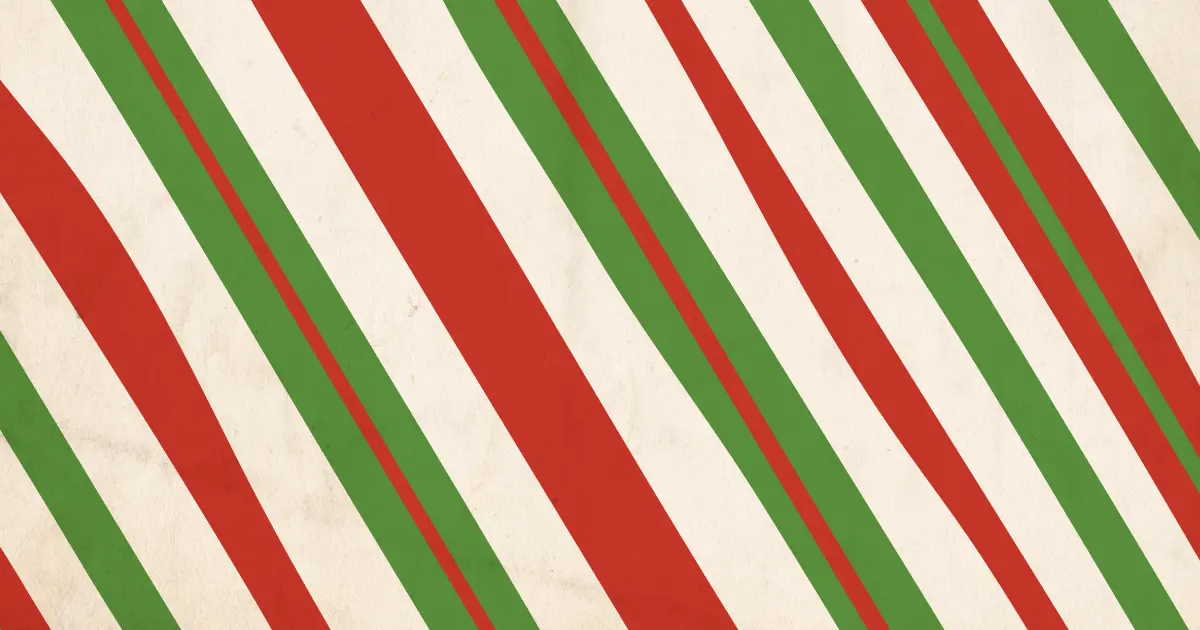
Red gives a unique burst of energy, especially when combined with the right colors. You can beautify your apartment, set yourself in the mood for Christmas, or grab attention as a web designer with this attractive color.
Red and Green, including white, is a popular combination mostly seen during Christmas. Another elegant combination for your interior is black and watermelon red; this combo gives your atmosphere an air of authority and an aura of royalty.
Other colors that pair well with red include mustard yellow, grey, pink, and silver. You are definitely at liberty to explore other possible color combinations with Red.
Final thoughts
Red is a dashing color that can never go unnoticed by the human eye, the longest wavelength our eyes can behold. Your newfound knowledge of this color should influence how well you apply it in your painting, wardrobe, interior, or designs.

